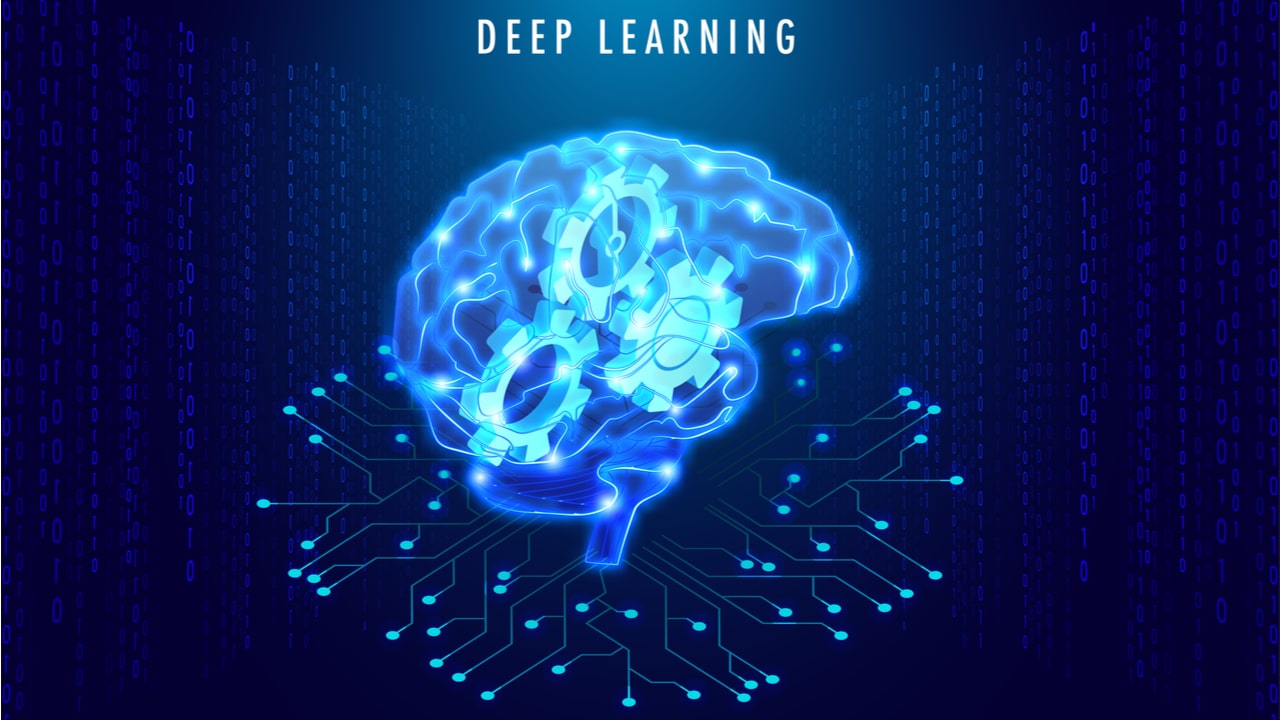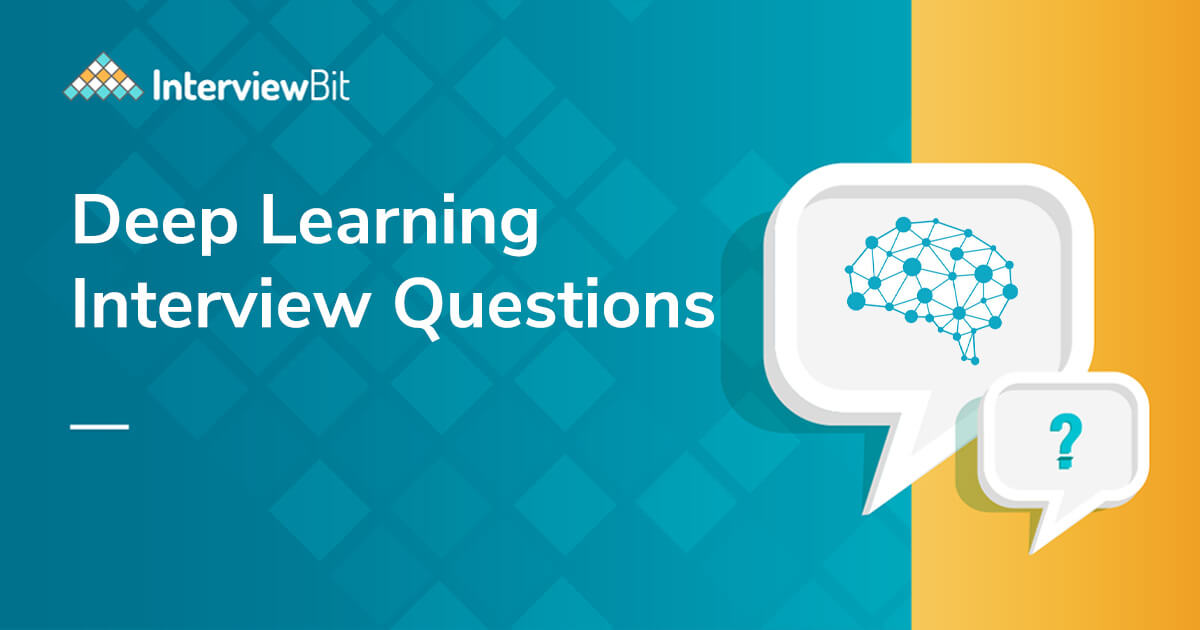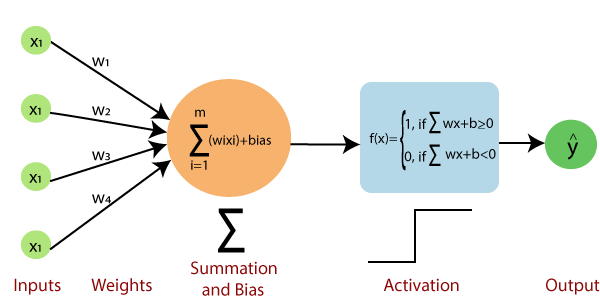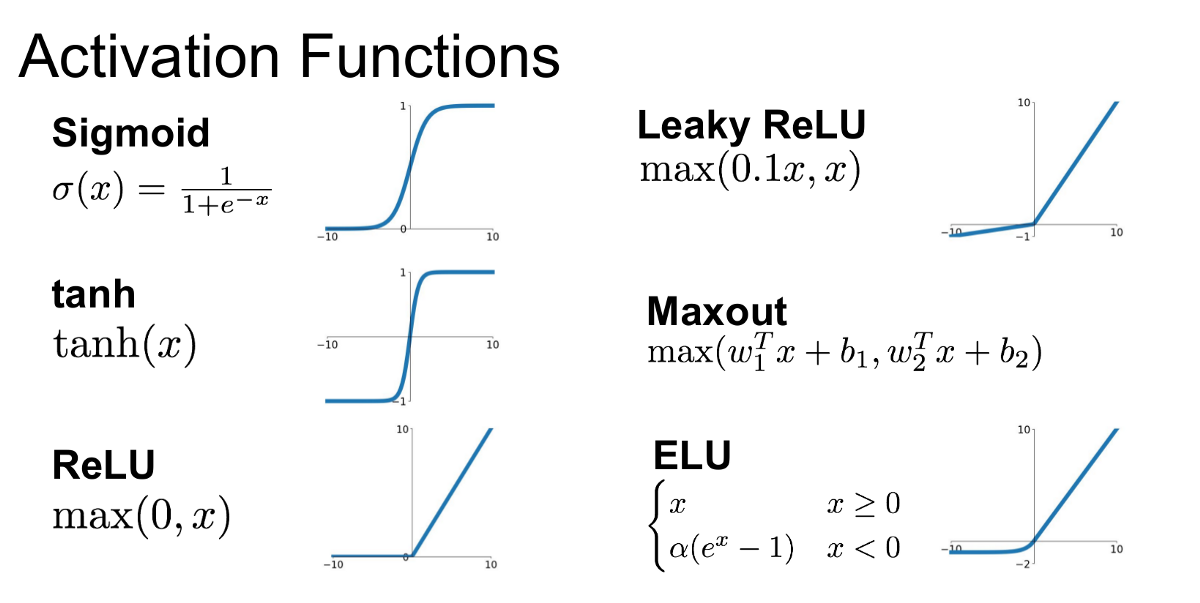

Advance Guide on Interview Questions of Deep Learning
source link: https://www.analyticsvidhya.com/blog/2022/11/advance-guide-on-interview-questions-of-deep-learning/
Go to the source link to view the article. You can view the picture content, updated content and better typesetting reading experience. If the link is broken, please click the button below to view the snapshot at that time.
This article was published as a part of the Data Science Blogathon.
Introduction
Deep learning is a branch of machine learning inspired by the brain’s ability to learn. It is a data-driven approach to learning that can automatically extract features from data and build models to make predictions.
Deep learning has revolutionized many areas of machine learning, such as image classification, object detection, and natural language processing. It has also successfully tackled unsolvable problems, such as machine translation.
Deep learning is still an emerging field, and a lot of research is still to be done to unlock its potential fully. However, the results so far have been encouraging, and it is clear that deep learning is here to stay.

What Do Deep Learning Companies do?
Deep learning companies are in the business of creating algorithms that can learn from data. It is done by building models capable of extracting features from data and then using those features to make predictions. The goal is to create algorithms that can generalize well from data and learn new tasks as they are presented. There are several ways to build deep learning models, and each company has its approach. Some popular methods include convolutional neural networks, recurrent neural networks, and Long Short-Term Memory networks.
Importance of Asking the Right Question in an Interview
Asking the right questions during an interview is essential for several reasons. First, it shows that you’re genuinely interested in the position and the company. It also allows you to gather information that can help you determine if the job is a good fit for you. Finally, asking questions will enable you to sell yourself and demonstrate why you’re the best candidate for the job.
When preparing for an interview, take some time to brainstorm questions that will show your interest in the position and the company. Please avoid asking questions that we can quickly answer with a simple Google search. Instead, focus on questions that will require the interviewer to think about the answer and provide you with more information.

Below are some most common advanced questions in Deep Learning Interviews. Basic knowledge of Deep Learning is a prerequisite for this article.
Deep Learning Interview Questions
Below are the questions with detailed answers.
Q1. What is a perceptron in Deep Neural Networks?
A perceptron is an artificial neuron that simulates a biological neuron’s workings. It is the basic building block of a neural network. A perceptron consists of a set of input nodes and a single output node. Each input node is connected to the output node by a weight. The perceptron calculates the weighted sum of the input signals and outputs a signal if the sum is greater than a threshold value.
Frank Rosenblatt first introduced the perceptron in the 1950s. He developed the perceptron to simulate the workings of the human brain. The perceptron was the first artificial neural network to be developed, the simplest form of a neural network.
The perceptron is used in various applications, including pattern recognition, data classification, and artificial intelligence.
Types of Perceptron:
1. A single-layer perceptron (SLP) is a supervised learning algorithm for binary or multiclass classification. A single-layer perceptron is a type of neural network that consists of a single layer of neurons.
2. A multi-layer perceptron (MLP) is a supervised learning algorithm for binary or multiclass classification. A multi-layer perceptron is a type of neural network consisting of multiple neurons.


The basic idea behind the operation of a single-layer and multi-layer perceptron is the same. Each neuron in the network is connected to all the other neurons.
Q2. What are activation functions?
Activation functions are essential components in deep learning models. They are used to control the output of a neural network.
There are many different activation functions, but the most common ones are sigmoid, tanh, and ReLU.
Sigmoid activation functions are used in logistic regression models. They map input values to output values between 0 and 1.
Tanh activation functions are used in many types of neural networks. They are similar to sigmoid activation functions but map input values to output values between -1 and 1.
ReLU activation functions are used in many types of neural networks. They are the most popular type of activation function. ReLU stands for a rectified linear unit. ReLU activation functions are linear when the input is positive and zero when the input is negative.

Q3. Difference between Supervised and Unsupervised learning.
Deep learning algorithms can be broadly split into supervised and unsupervised categories. Supervised learning algorithms are trained using labeled data, where each example is a pair of an input and an output value. The goal is to learn a mapping from the input to the output. Unsupervised learning algorithms are trained using unlabeled data, where the goal is to learn some structure or intrinsic relationship in the data.
Supervised learning is the most common type of machine learning and has been successful in a wide variety of tasks, such as image classification, speech recognition, and natural language processing. Unsupervised learning is less commonly used but has been successful in tasks such as clustering and dimensionality reduction.

Conclusion
There is a lot of debate these days about machine learning vs. deep learning. Both are hot topics in the field of artificial intelligence (AI) and have a lot of potential applications. So, what’s the difference between the two? Machine learning is a branch of AI that focuses on creating algorithms that can learn from data and improve over time. Deep learning is a subset of machine learning that uses neural networks to learn from data in a more human-like way.
Both machine learning and deep learning are powerful tools that can be used to solve complex problems. However, deep learning is often seen as a more powerful tool because it can learn more complex patterns than machine learning.
One significant difference between machine learning and deep learning is the amount of data required. Machine learning can often work with smaller data sets, while deep learning requires large data sets.
Major points of this article:
1. Firstly, we have discussed deep learning and its use in current technology. After that, we also discussed the importance of asking the right questions in the interview to select the best candidates.
2. After that, we discussed many questions related to deep learning technologies, like Activation Functions, Layering Architecture, Gradient Descent, etc.
3. Finally, we have concluded the article by discussing the key differences between machine learning and deep learning technologies.
It is all for today. I hope you have enjoyed reading that article. In the future, I will try to cover more questions on deep learning are very important from a data science interview perspective.
Thanks for reading.
The media shown in this article is not owned by Analytics Vidhya and is used at the Author’s discretion.
Related
Recommend
About Joyk
Aggregate valuable and interesting links.
Joyk means Joy of geeK
